Natural disasters are more common than you might think. Every year, there are around 6,800 globally. In 2020, there were 22 natural disasters that caused at least $1 billion in damage each.
Statistics like these indicate why it’s essential to think about your plan for surviving a natural disaster. With a good plan, you can reduce your risk in severe weather and climate events.
If you don’t have a plan for surviving natural disasters yet, don’t worry. We’ve put together this guide to help you create one. Keep reading to learn more.
Disaster survival overview
Natural disasters are extreme weather and climate events that have the potential to cause fatalities, significant property damage, and social environmental disruption.
This is a list of events that include things like:
- Hurricanes And tornadoes
- Winter storms and blizzards
- Extreme coldand extreme heat
- Earthquakes
- Wildfiresand landslides
- Floods And droughts
When one of these events occurs, it’s important to have already a clear understanding of how to survive a natural disaster. If you aren’t prepared, you risk making hasty decisions that could put your life and property at an increased risk.
Natural disaster preparedness is about being ready for whatever nature might throw at you. That way, you can act in the best way possible for yourself and your family when the need arises.
Surviving a natural disaster: 5 Steps to ensure you are prepared
Step 1: Understand your risks
The first step in a disaster survival plan is to understand the specific risks you face. Yours will vary based on where you live. It’s important to know which natural disasters you’re at risk of experiencing so that you prepare for them correctly.
For example, someone in California should know what to do during a natural disaster like an earthquake or a drought. But they don’t really need to spend time worrying about hurricanes and tornadoes.
Conversely, someone in Florida would want to spend a lot of time thinking about what to do in a natural disaster like a hurricane. But wouldn’t necessarily need to worry all that much about earthquakes.
Once you understand what you’re at risk of experiencing, it becomes much easier to know the actions that you need to take for surviving a natural disaster.
Step 2: Create an emergency plan
Your next step is creating an emergency plan so that you know what to do during natural disasters. This is the sequence of events that you’ll follow in the event of a natural disaster that requires you to evacuate your home.
You want to have a complete plan ready before a natural disaster strikes to avoid getting caught unprepared in an emergency.
Here are some tips for putting yours together:
Know where you’ll go
In the event of a natural disaster, it’s vital to have a clear sense of where you’ll evacuate to. You may not be able to access information from TV or the internet during a natural disaster. So make sure that you have this information written down somewhere safe.
For example, you should make sure that you know where the nearest evacuation center is to you and know your route for getting there. That way, you won’t have to worry about planning a route or having to look up your destination when disaster strikes.
Know how you’ll receive information
You also want to make sure that you have a surefire way to receive important updates in the event of a natural disaster. This might include purchasing a weather radio so that you can hear news about the disaster, even if TV stations and the internet in your area go out.
Likewise, make sure you have a good way to stay in touch with family members. That could mean creating contact cards so that you don’t have to remember everyone’s number.
It could also be a good idea to come up with a meeting place for your family. That way, if anyone gets separated during the weather event and can’t contact you, you’ll all know where you’re supposed to meet.
Know how you’ll evacuate pets
If you have pets, you should also develop a plan for getting them to a safe location in the event of a natural disaster. Be sure to have a carrier for them and enough of their medication to last for at least a week.
Practice makes perfect
Finally, it’s a good idea to practice the natural disaster plan you create. Take a few drives to your local evacuation center so that you know the route well. And ask the children in your family to practice putting together their bags quickly.
If you’ve already done these things before a natural disaster strikes, then you’re much likelier to follow the plan correctly when the real thing occurs.
Step 3: Prepare your home and vehicle for disaster
The next step in your natural disaster preparedness plan is getting your home and vehicle ready for whatever weather or climate event could occur in your area.
Here’s a look at how to do that:
Home natural disaster preparation
One of the most critical parts of getting your home ready for a natural disaster is making sure that you have a reliable backup power source. That way, if the power goes out, you can still charge your electronics, use lights and some of your appliances.
Dabbsson’s portable power stations are perfect for this. You can charge them up with a standard wall outlet, portable solar panels, or even your car’s cigarette lighter. And once you do, you’ll have enough power to use things like electric stoves, coffee makers, and even televisions.
When getting your home ready for a natural disaster, it’s also important to seal your doors and windows with weatherproofing material. Doing this could be the difference between keeping your home warm enough to remain in throughout a natural disaster or having to evacuate.
Other ideas for preparing your home for a natural disaster include:
- Securing your outdoor furniture
- Placing sandbags where water might leak in
- Finding your utility lines
- Leaving your water faucets open slightly to protect pipes from freezing
Vehicle natural disaster preparation
You also want to ensure that your vehicle is prepared to take you where you need to go if a natural disaster strikes. That’s why it’s a good idea to take your car to the shop at the beginning of natural disaster season.
A mechanic can top up your fluids, take a look at your engine, and offer suggestions for repairs and maintenance to ensure that your car is ready to transport you in harsh weather conditions.
If you live in areas with severe winter storms, it can also be a smart move to put things like blankets, road flares, and sleeping bags in your car. That way, your health isn’t at risk if your car breaks down in the snow.
Step 4: Put together a natural disaster survival kit
Building a natural disaster survival kit is one of the best things that you can do to get yourself and your family ready for severe weather.
Here’s what yours should have in it, according to the United States government::
- At least a 3-day supply of non-perishable food
- One gallon of water per person for several days
- Flashlights
- First aid kits
- Extra batteries
- Moist toilettes, garbage bags, and plastic ties (for personal sanitation needs)
- Enough pet food to last for several days
Your natural disaster survival kit could need additional items as well. Think about what your family needs on an average day and how a loss of power or an inability to go to the store could impact that. Then, make sure that you add anything your family needs to get by in those situations to your kit.
Step 5: Pay close attention to local media
When a natural disaster strikes, it’ll be crucial for you and your family to stay connected to the local media. This is how you’ll get the information you need to determine what the best path forward is for you all.
For example, you could hear on the news that the natural disaster is slowing down. That could be a signal that you’re able to stay in your home.
Or, you could hear that something like a flood or even more severe weather is on the way. That could be your signal that it’s time to evacuate.
So, make sure that you understand which local media sources will be your source for information during a natural disaster. And make sure that you can still connect with those sources of information even if the power goes out.
Dabbsson can help you get natural disaster ready
Making sure that you survive the natural disasters in your area is all about being prepared. And a big part of that is ensuring that your family can access the electronic devices needed to stay connected, safe, and comfortable during severe weather events.
Dabbsson’s line of portable power stations makes this much easier for you to do. They’re a simple, safe way to continue accessing your most important electronic devices no matter what mother nature throws at you.
Check out our portable power stations to learn more about how they can help you get ready for natural disasters.
Pro tip: Get prepared for natural disasters that are likely to affect you!
Popular Posts
-
Benefits of LiFePO4 Battery12. Jun 2023
-
How You Can Be Prepared for Summer Power Outages6. Jun 2023






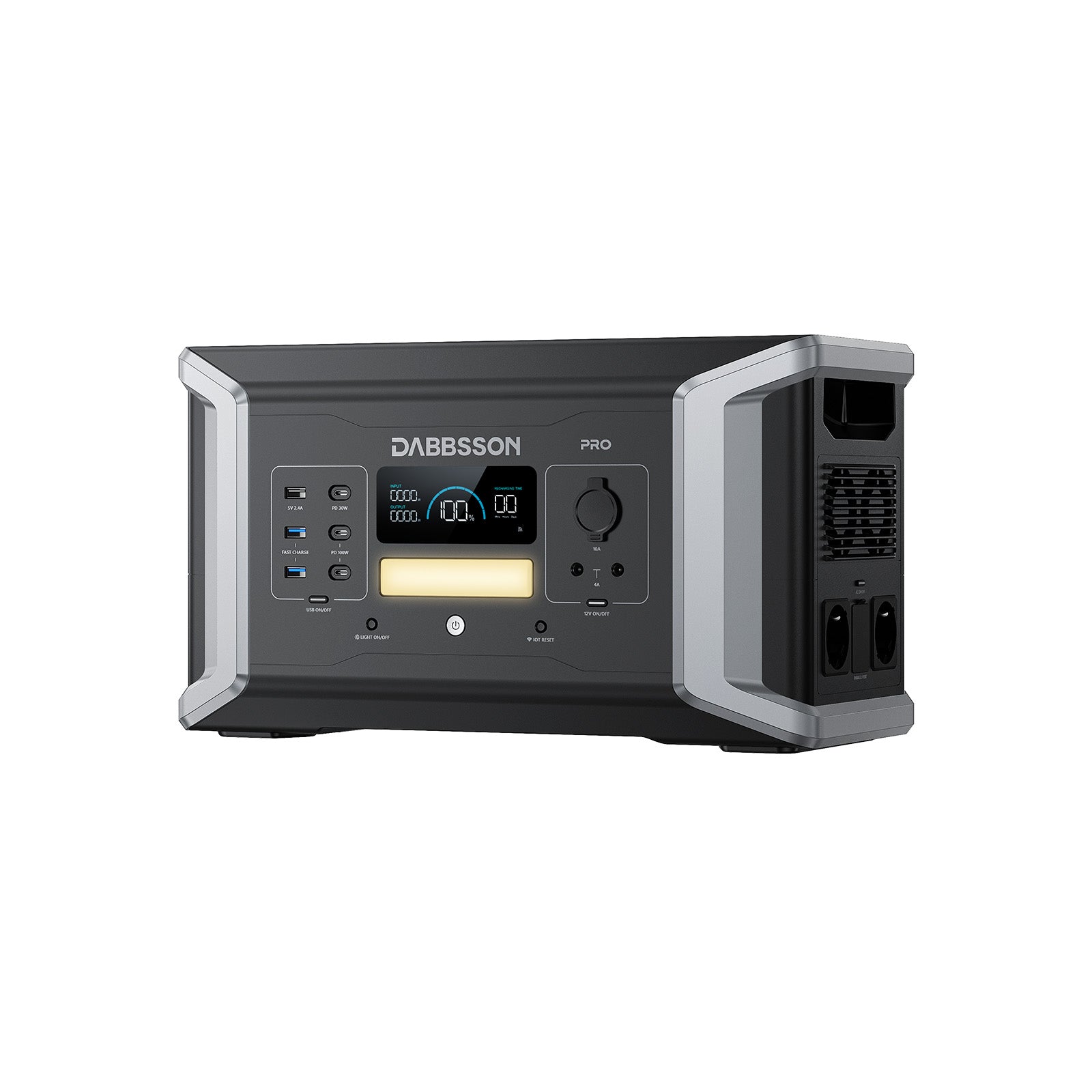






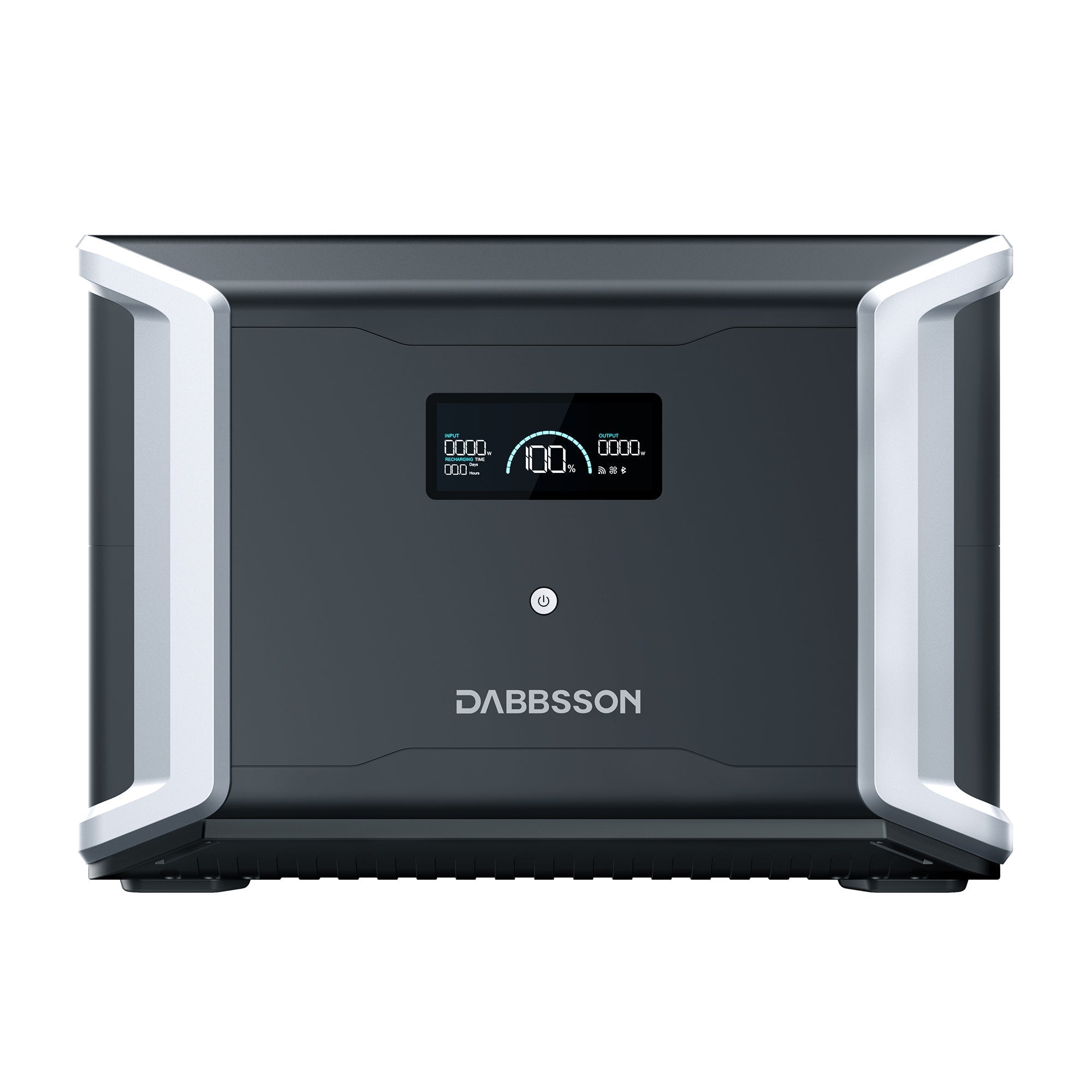



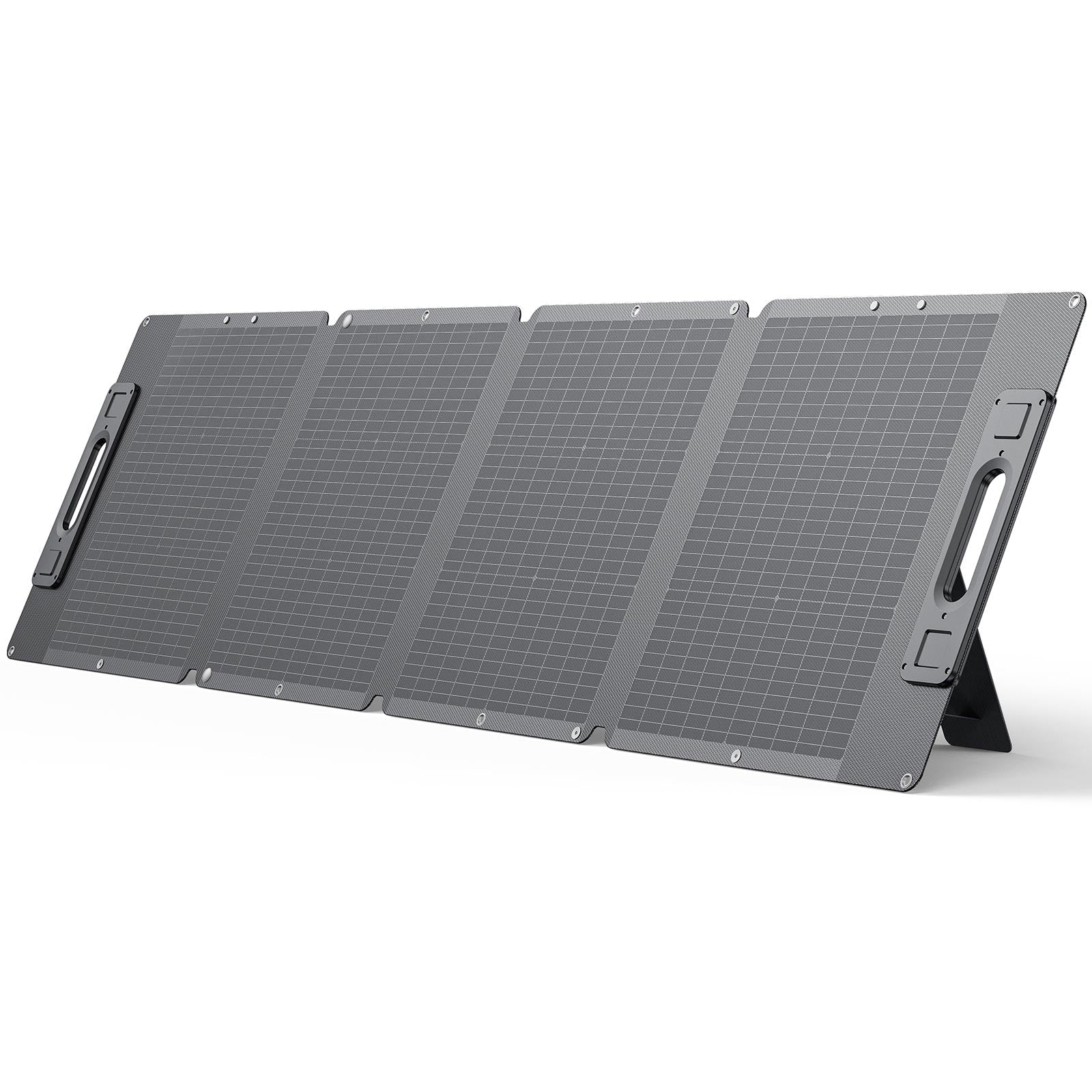
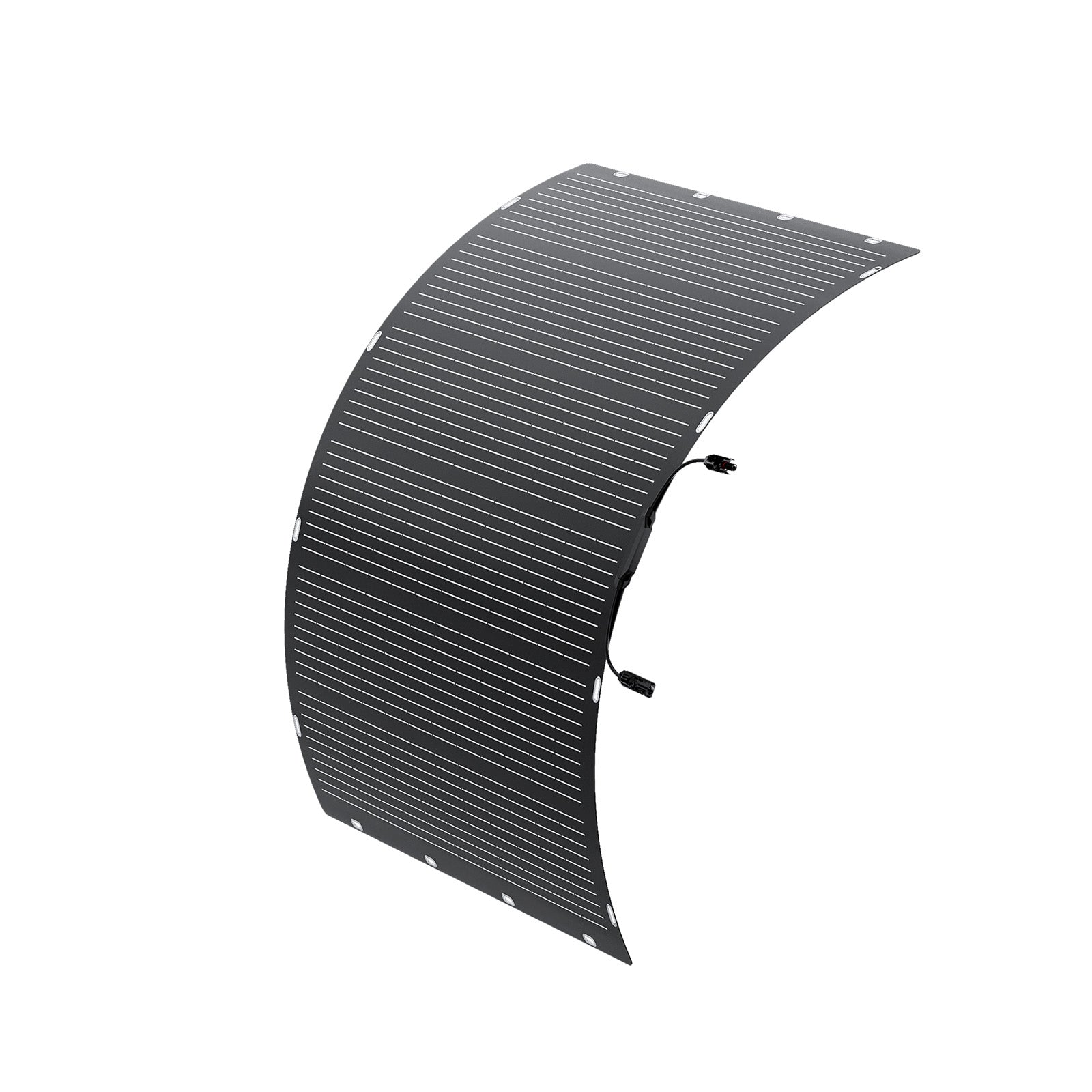
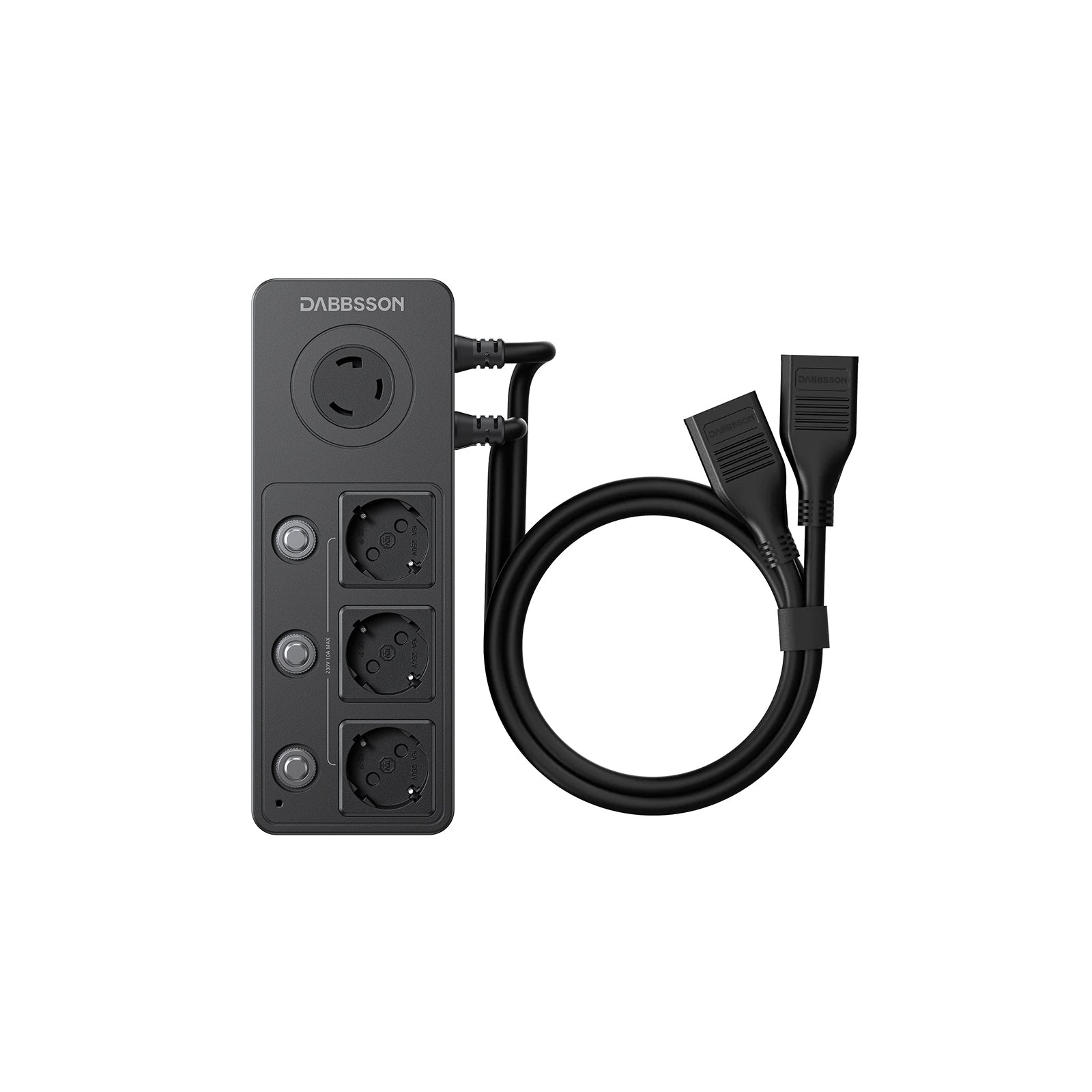



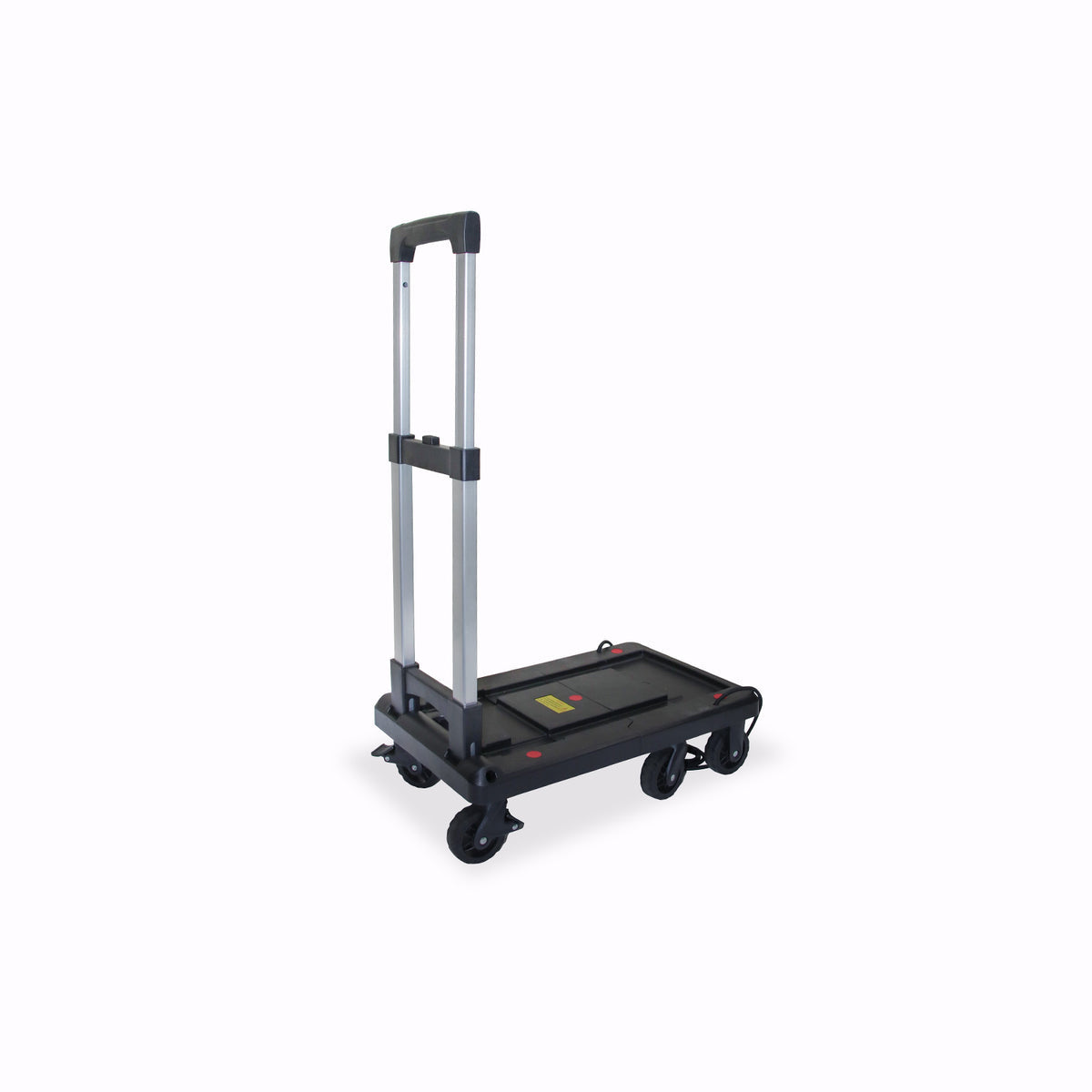









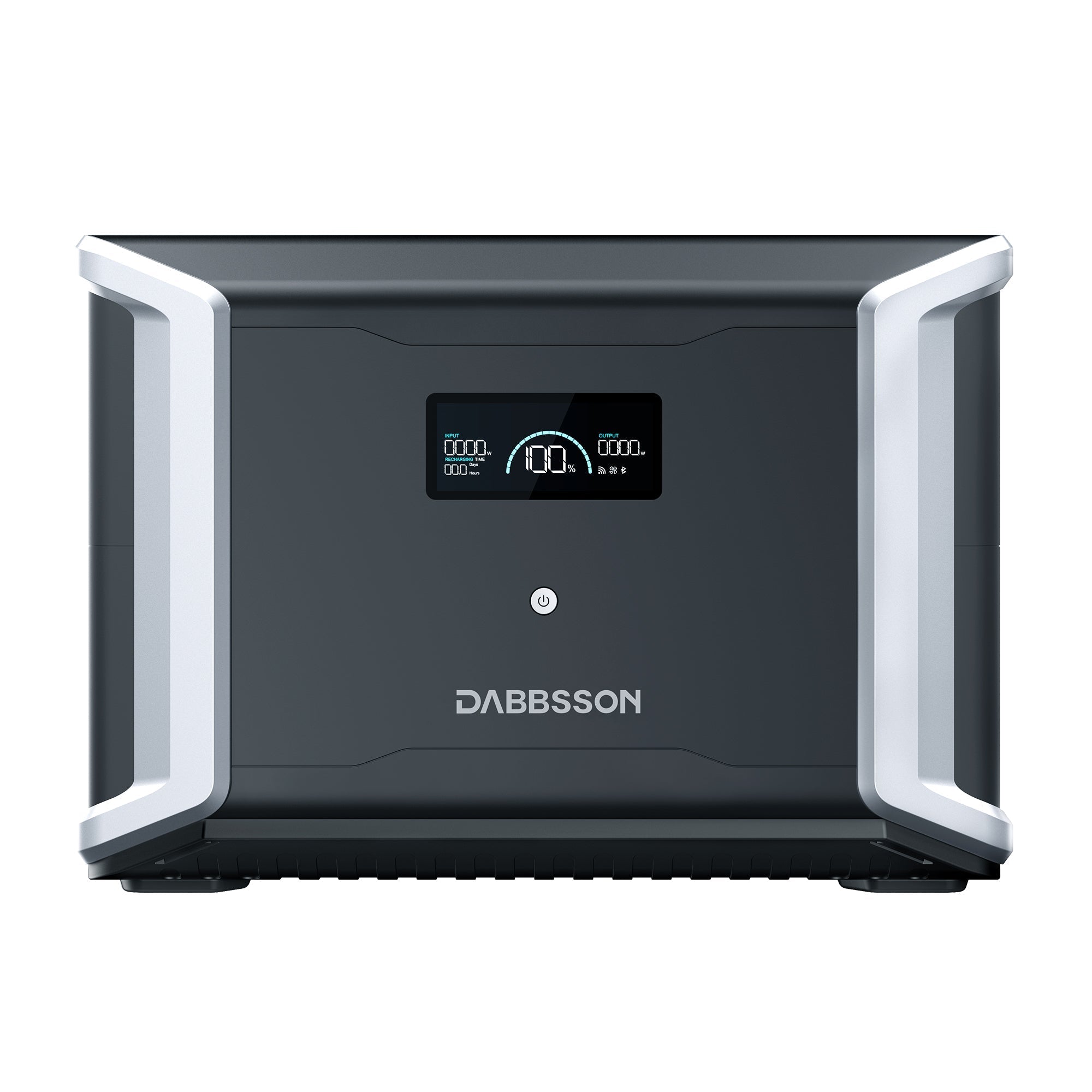


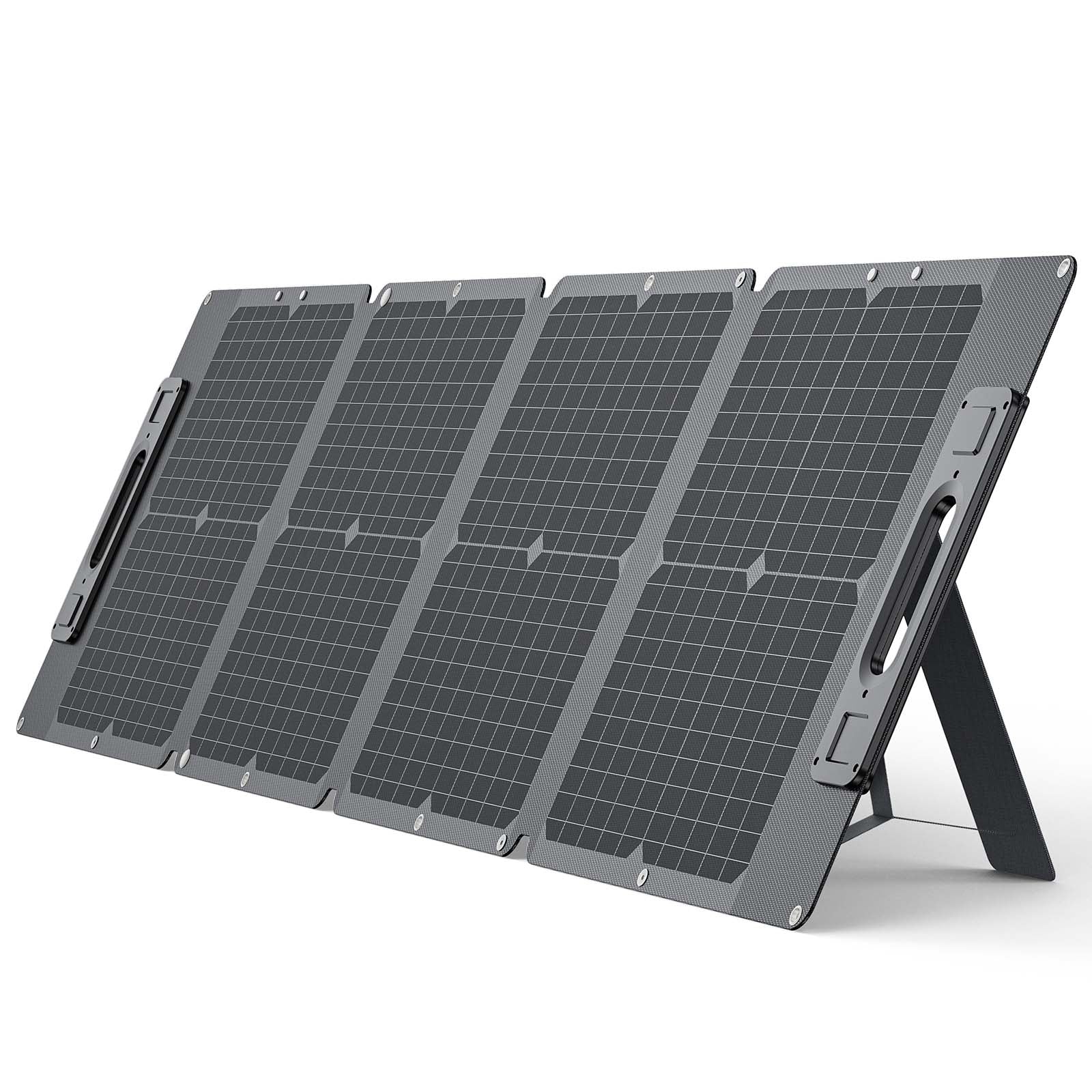

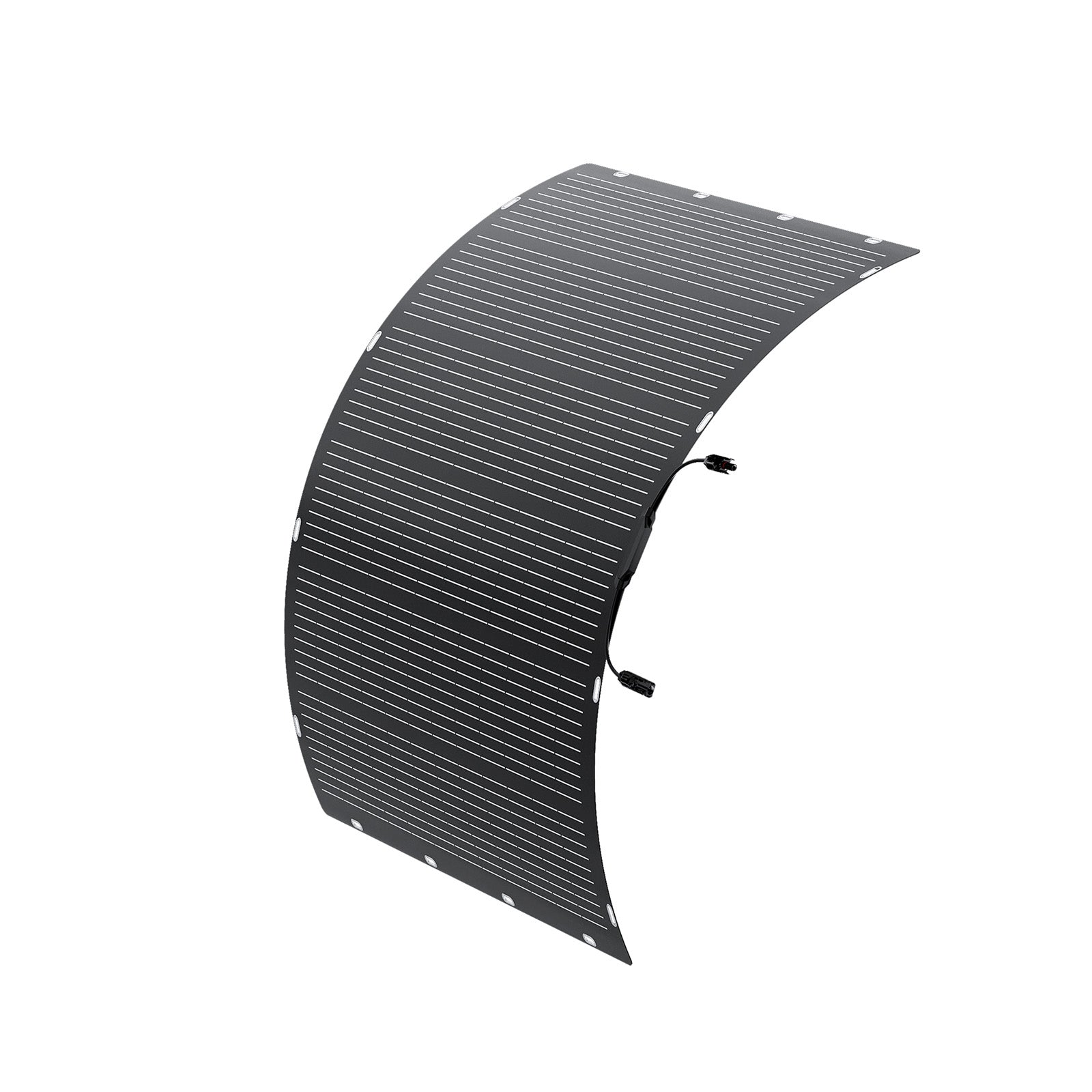








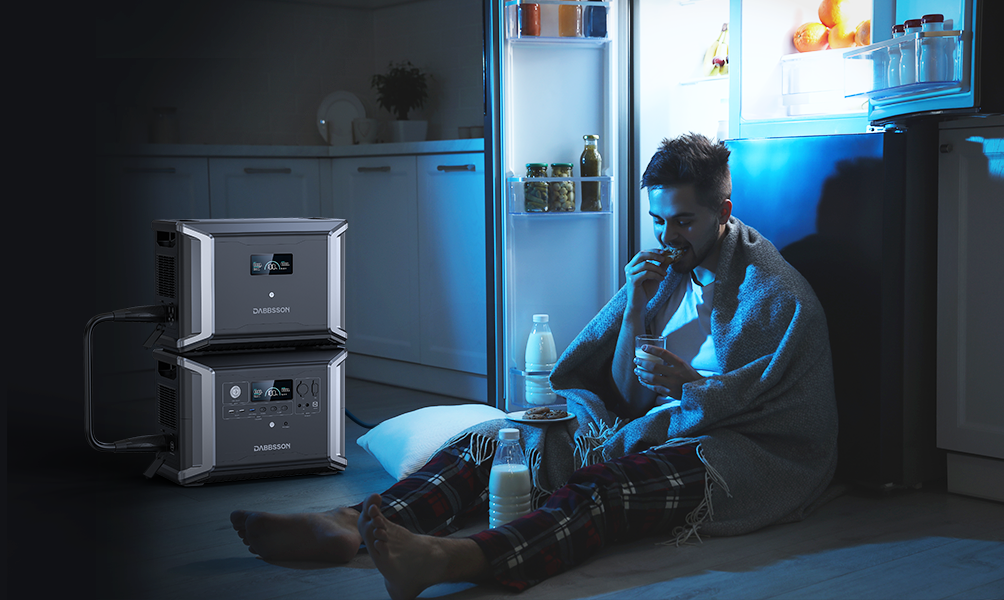
Hinterlasse einen Kommentar
Alle Kommentare werden vor der Veröffentlichung geprüft.
Diese Website ist durch hCaptcha geschützt und es gelten die allgemeinen Geschäftsbedingungen und Datenschutzbestimmungen von hCaptcha.